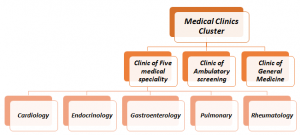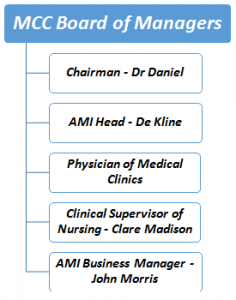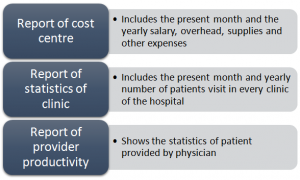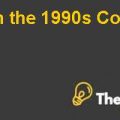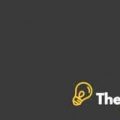Midwest Regional Hospital Case Study Solution
Management Control:
Earlier in 2009, about 50% private physicians of medical clinics started their work in the clinic of general medicine. A group of thirteen physicians replaced the clinic of General Medicine with AMI, and started their employment with additional plan of incentives along with salary. The staff management of Medical Clinic Cluster was directed by John Morris – the business manager of AMI. The registration of patients and the accounting tasks were assigned to the receptionists to maintain the comfortable environment of the hospital.
Financial Control:
The inpatient visits generated more than half of the hospital’s expenses and profits. However, the budgeting was based only on the expenses instead of expenses and profits. The departments which were not the revenue generating; did not face any trouble due to their high indirect costs. Similarly, the revenue generating departments should’ve bore these costs. In the rate setting, finance department played its role as whatever the payment was paid by the patient, it was paid to MHR clinics. One fee rate had been set by the financial staff to ease the flow of cash. The fee was divided in two sections. For each dollar paid by the patient, 90% of that one dollar was credited for AMI while the rest 10% was termed for the doubtful account balance.
Financial reports:
The way to improve the fiscal management requiredtrue, consistent and on time financial reports of all the departments of the hospital. The financial reports include the report of cost centre, statistics of clinic, provider productivity (See Exhibit 3). The report of cost centre includes the present month and the yearly salary, overhead, supplies and other expenses. The report of statistics of clinic includes the present month and yearly number of patients visit in every clinic of the hospital. The report of provider productivity shows the statistics of patient provided by physician. The check-up of patient by an AMI doctor in the clinic of ambulatory service was credited by the report of cost centre and the statistics of clinic.
Recommendation:
The decrease in the revenue growth of the payment of inpatient and outpatient services was quite low. This had put the hospital in a state to face financial instability. The re-organization structure proposed was good enough to increase the source for revenue generation. Likewise, some other services should’ve been introduced, and the pricing should’ve been done in a manner that total revenue generated by all the hospital services would’ve covered up all the direct and indirect expenses of the hospital, and would’ve generated enough residuals for the incentives as well. For this purpose, the management should’ve figured out the needed services to be introduced in the hospital clinics and must’ve developed a financial plan clear of all doubts.
Conclusion:
The teaching hospital in Chicago offers a number of inpatient services as well as outpatient services. Although, the number of patients visits per year is increasing, 40% of which are the non-traditional patients.Due to the shift of free check-up of patients by the physicians, the cost of thein patient and outpatient services is gradually increasing. On the other hand, some key challenges are also faced by the hospital such as the demand of doctors to increase their incentive rate as well as the accounting method of the four group practices.
Exhibit:
Exhibit 1:
Exhibit 2:
Board Managers of MCC
Exhibit 3:
Division of Financial Report.
This is just a sample partical work. Please place the order on the website to get your own originally done case solution.

